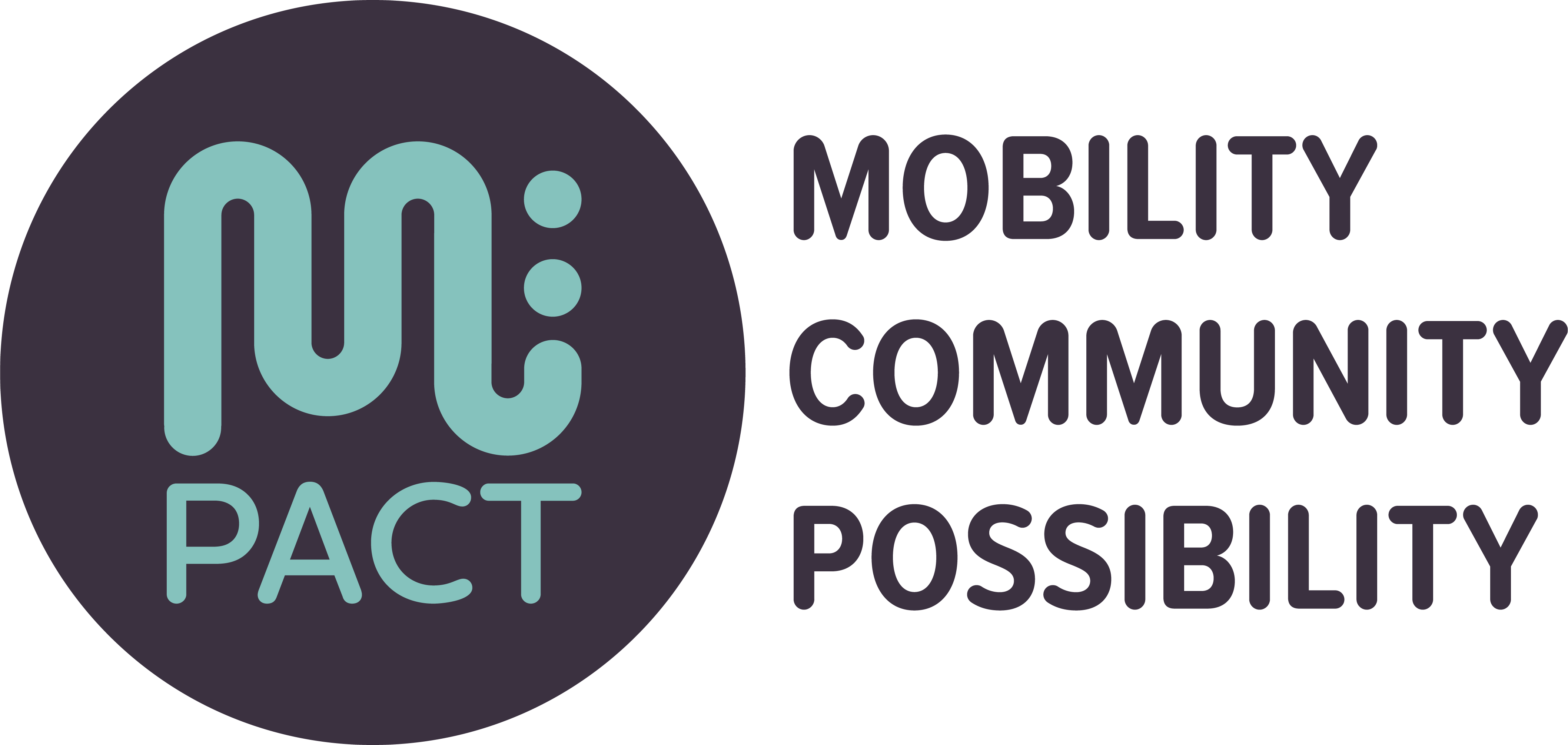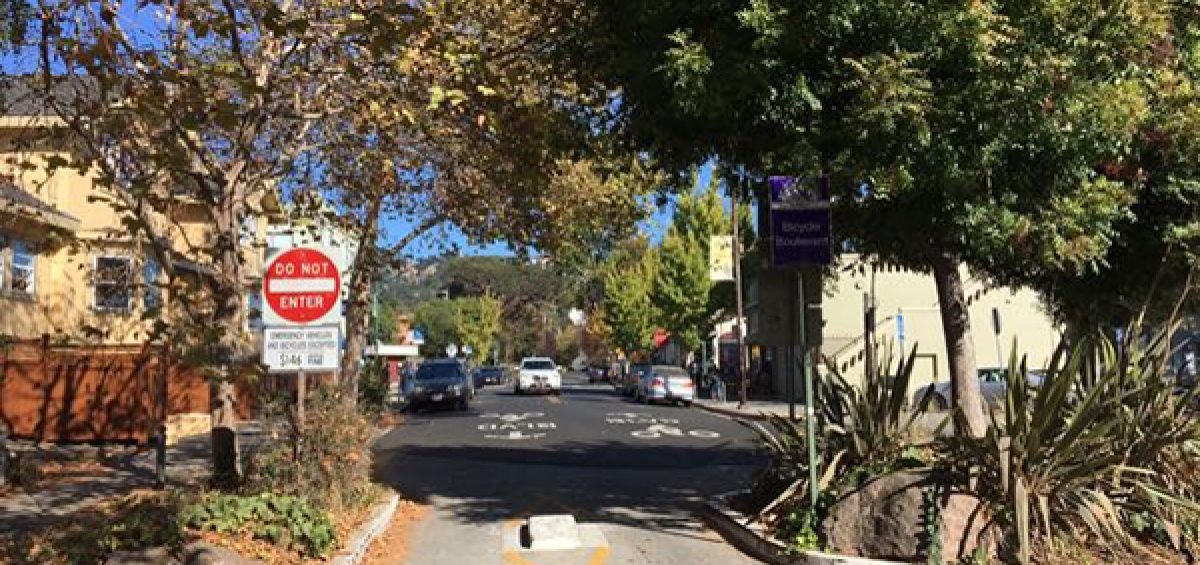Originally published on railvolution.org. Rail~Volution is now Mpact: Mobility, Community, Possibility.
The risk that transit and other infrastructure projects will result in displacement — pushing out rather than improving the lives of existing (and often historic) members of a community — has been a topic of increasing focus across the country. Transit agencies, local governments and community stakeholders increasingly recognize that they must proactively combat displacement as part of their work.
As experience from around the nation shows, it requires a commitment to collaboration, policy changes, and authentic community participation to achieve the goal of creating or maintaining diverse, sustainable, healthy and vibrant communities — communities with a range of housing options and access to transportation and economic opportunity.
Many are finding out that “unchecked market forces alone, often emboldened by public investment, do not naturally lead to those outcomes,” says Craig Adelman, Director of Transit Oriented Development at the Low Income Investment Fund and a member of Rail~Volution’s National Steering Committee.

This graphic, from a 2010 report, shows that displacement also affects transit ridership.
Maintaining Diversity In America’s Transit-Rich Neighborhoods: Tools for Equitable Neighborhood Change, Dukakis Center for Urban and Regional Policy https://todresources.org/app/uploads/sites/2/2016/06/trn_equity_final.pdf
This is especially true in areas seeing rapid economic growth and rising population. At the recent Rail~Volution conference, Oakland Mayor Libby Schaaf said the Bay Area has added far more jobs than new housing units in recent years. Similar pressures are being felt in Denver, where the average rent for an apartment is $1,400, making it challenging to find affordable places to live for anyone earning less than the area median income (which is around $56,000 — see the City of Denver’s explainer here).
In these locations, even as transit and other options have increased, some existing residents who most need the improvements can no longer afford to live there.
As Mayor Schaaf framed it, that means the really great teacher her older child loved can no longer afford to live there and so her younger child misses out, along with the whole community. Or it means that residents near a planned BRT line fear for their stability, and therefore view the line as an instrument of displacement rather than a public investment to help them better connect to job centers.
In Denver, people are not only experiencing higher rent, but also many landlords are deciding to sell because of the value of their properties, according to Christine Marquez-Hudson, president of the Denver Foundation. So, their renters are getting displaced into other communities, where they can’t necessarily find affordable housing and where there may be fewer, less affordable options for getting around.
Political and business leaders push for a two-track approach, supporting affordable housing and market rate housing alongside transit investments.
Colorado Governor John Hickenlooper said, when you start growing, older housing gets displaced. “Suddenly, there’s a compression effect where there’s less and less available for low income families and individuals. Everyone faces this. It’s a difficult challenge but a necessary challenge when you’re growing rapidly. Recognize that you don’t want to build whole new communities of concentrated low income housing. You want to leverage investments. When families are trying to pull themselves out of poverty, one very, very strong supportive mechanism is to make sure they live in communities that are as integrated as we can get them.”
As mayor of Denver, Hickenlooper supported the creation of the $24 million Denver Transit-Oriented Development Fund, one of the first of its kind in the nation, which helped preserve or create 1,200 affordable homes in areas slated for increased transit. The fund established the critical link between housing affordability and transit. The TOD fund has since grown to $150 million with a regional focus.
Cities must “be very intentional about rejecting the concept that it has to be either/or: either you improve it and displace or you don’t and you keep in place.
Current Denver mayor Michael Hancock said that cities must “be very intentional about rejecting the concept that it has to be either/or: either you improve it and displace or you don’t and you keep in place. You have to be very intentional about having a plan, with every one of your departments connecting and communicating with one another. You have to think about it in the context of not one particular or two particular neighborhoods but in the context of your overall housing policy. Lack of affordable housing anywhere in the city is a threat to the creation of gentrification everywhere.”

Denver Mayor Michael Hancock and Pittsburgh Mayor Bill Peduto at Rail~Volution
Watch the full video of their conversation about transit and displacement here.
So, what are strategies for combatting displacement and preserving or creating affordable housing?
At Rail~Volution in Denver, Nadine Fogarty of Strategic Economics shared examples from around the nation about state and local policies to support affordable housing.

The City of Oakland can check many (but not all) of these boxes and add a few to the list: eliminating parking requirements and setting parking maximums near transit; strengthening renter protections; working with transit agencies to acquire, rehabilitate, and preserve existing affordable housing near transit (sometimes called NOAHs, Naturally Occuring Affordable Housing).
City of Oakland planning staff also created an equity tool to identify high impact areas and give them priority in budget allocations, as captured in this slide from Jeff Tumlin, a consultant with Nelson\Nygaard working with the City of Oakland.

In Portland, Oregon, the long range comprehensive plan was one avenue for stepping up to increase equity and combat displacement, as shown in the slide below from Eric Engstrom, Principal Planner with the city’s Bureau of Planning and Sustainability. Other places have provided planning grants to local cities, with the requirement that they coordinate with the transit agency. In Pittsburgh, neighborhoods are creating community-based plans tailored to their needs. These inform zoning overlay districts that recognize the difference between neighborhoods combatting displacement and those seeking new development.

In Minneapolis and its northwestern suburbs, better outcomes result from engagement that recognizes community assets and gives decision-making power to local residents, as captured in this slide from Denise Butler, Program Manager at African Career, Education & Resource, Inc.

Around the nation new transit projects and transit-oriented development (TOD) are proving the notion that transit drives economic vitality and makes places more desirable to live. The bigger challenge may be finding the combination of policies and commitment to ensure that lower wealth communities don’t lose out when new projects are launched. One definite requirement is to give decision making power to communities involved.
Another is to develop partnerships and collaboratives that ensure that all players will keep focused on equitable outcomes. Mile High Connects in Denver is one example. Housed at the Denver Foundation, Mile High Connects brings together all of the partners in the community at the city, state, foundation level, and also financial institutions to address the connectivity between transportation, housing, education, health and jobs. “That platform has been critical,” says Marquez-Hudson, head of the Foundation. Another example is the $90 million SPARCCinitiative (Strong, Prosperous, And Resilient Communities Challenge), which is working to amplify local efforts in six communities to ensure that new investments lead to equitable and healthy opportunities for everyone.
One basic step may be asking, as University Of Minnesota researcher Neeraj Mehta urges, “Aren’t most anti-gentrification policies like land trusts, value capture, local business development/retention strategies, anti-eviction policies, a proactive affordable housing strategy, etc. things that cities and regions should have everywhere anyway regardless of gentrification?”
“Aren’t most anti-gentrification policies . . . things that cities and regions should have everywhere anyway regardless of gentrification?”
Resources
- Nadine Fogarty, TOD Funding: Looking Beyond the Station Area. Presentation at Rail~Volution 2017
- Federal Transit Administration and Smart Growth America, National Resources & Technical Assistance for Transit-Oriented Development.
- Heather Tabbert Mullins, Re-Emerging Cities: Tod As Catalyst. Presentation at Rail~Volution 2017covering Chicago’s off-street parking requirements near transit.
- Jeff Tumlin, Measuring What Matters: Quantifying Equity and Tying to Budget. Presentation at Rail~Volution 2017
- Eric Engstrom, Portland’s Social Equity Strategy: Getting Ahead of Displacement. Presentation at Rail~Volution 2017
- Eric Engstrom, Equitable Development in Portland’s Booming Inner Neighborhoods: The Emerging Tool Box. Presentation at Rail~Volution 2017
- Comprehensive Plan Policies: https://www.portlandoregon.gov/bps/70936
- New Zoning Code: https://www.portlandoregon.gov/bps/article/626870
- Inclusionary Housing Code: https://www.portlandoregon.gov/phb/72291
- Renter protections: https://www.portlandoregon.gov/citycode/?c=28481#cid_654192
- Residential Infill Project: https://www.portlandoregon.gov/bps/67728
- Neeraj Mehta, Rental Housing Affordability in Minneapolis Neighborhoods. Presentation at Rail~Volution 2017
- Melissa Jones, Better Health through Transportation. Presentation at Rail~Volution 2017
- Denise Butler, Better Health through Transportation. Presentation at Rail~Volution 2017
- Equitable Development Principles and Scorecard (PDF)
- University of California, Berkeley, Urban Displacement Project
Note: please do not use slides from presentations without permission from the person who created them. To view videos of comments quoted in the blog, see Monday and Wednesdayfrom Rail~Volution Denver.


